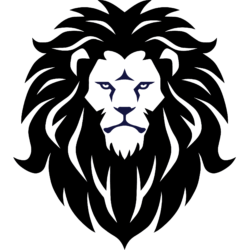Outfits
Outfits are groups of clothing that have been created by a professional tailor with a design emphasis in mind. Different from everyday clothes, tailored Outfits are carefully made to produce a specific effect and give off a certain impression. When wearing an Outfit that corresponds to a given role and class, others see you as representative of that group and assign you certain expectations, positive and negative. Members of your own group feel a kinship with you and are more ready to take your word seriously.
All Outfits are designed in the style of a certain design and with a certain statement in mind, the combination of these two factors creates the Outfit.
Design, Statement and Key elements
Merchant
Peasant
Scum
Gentry
Assassin
Hunter
Priest of Mankind
Magician
MagUS
Aa’boran Magi use blue robes with a hood.
Indr’atma
Shariqyn Indr’atma magi wear white, diaphanous silks
Knight
Arming jackets or tabards featuring the standards and coat of arms.
Paladin
White armor or clothing with a fur trimmed white cape
Altariq
Shariqyn tribal warriors wear face-covering masks, flowing cloth caftans, and a covered head.
Asirim
Shariqyn elite slaves wear primarily red, with caftans, embroidery, cloth head-wrap.
Focused around Cowing others, the Outfit has primarily dark colors, with something to obscure the face, such as a deep hood or a mask.
Focused around Intriguing others, the Outfit has ostentation, frills and finery that are not necessary, perhaps even a hindrance, to the role of the Design.
Focused on earning others’ Trust, the Outfit has built-in sheathes, holders or some other mechanism for included access to the tools or equipment used by the Design, such as strapped poison-vials, a book-satchel, or knife-sheath.
Only black, white or grey colors may be used (except the accent colors for nobles), and wearing a hood or veil.
Fur lining and fur trim are used prominently. Beads and charms of bone or stone must be used as adornment.
The colors of green and brown are prominent. A plaid tartan representing familial affiliation is present.
A coat with high collars that cover the neck, often the use of chokers for women. The device of the noble house to whom you owe fealty.
At least five different prominent displays of color, often in the form of scarves, sashes, and other cloth accessories. Cosmetics or coal used to darken around the eyes.
Long coats that reach the backs of the legs, upraised collars. A hat with a wide brim or triangular design.
Robes and flowing garments. A headdress that covers the head and hair. At least ten pieces of jewelry, regardless of their worth.
Special Materials
Common mostly in the East, some clothiers create Outfits and other garments out of Silk rather than traditional materials. Silk, imported even by the Shariqyn who sell it from the Elves, is a miraculous material of exceptionally light weight but incredible strength and durability. Silk, though it is much more expensive, provides several benefits if the item is made from it.
